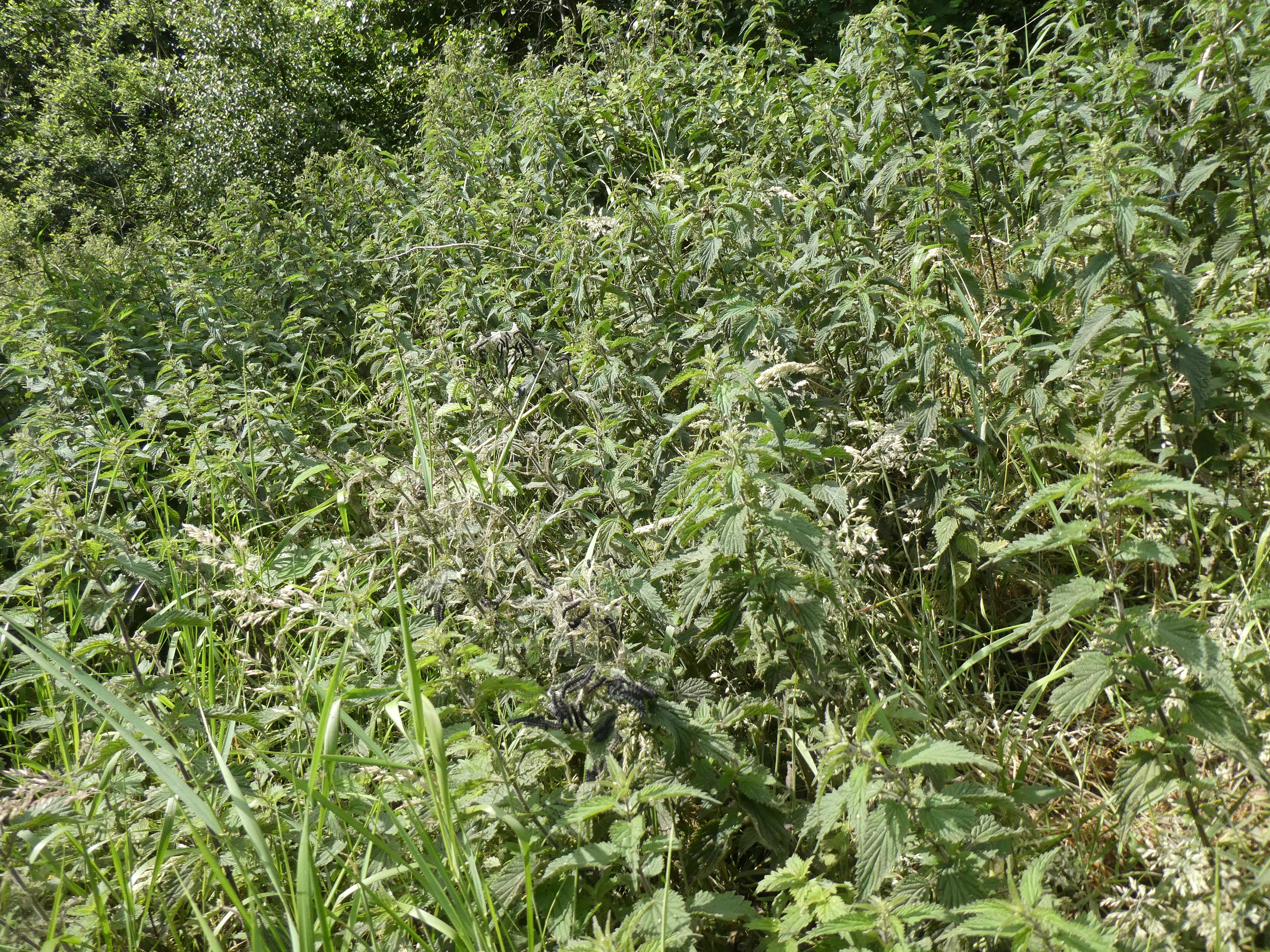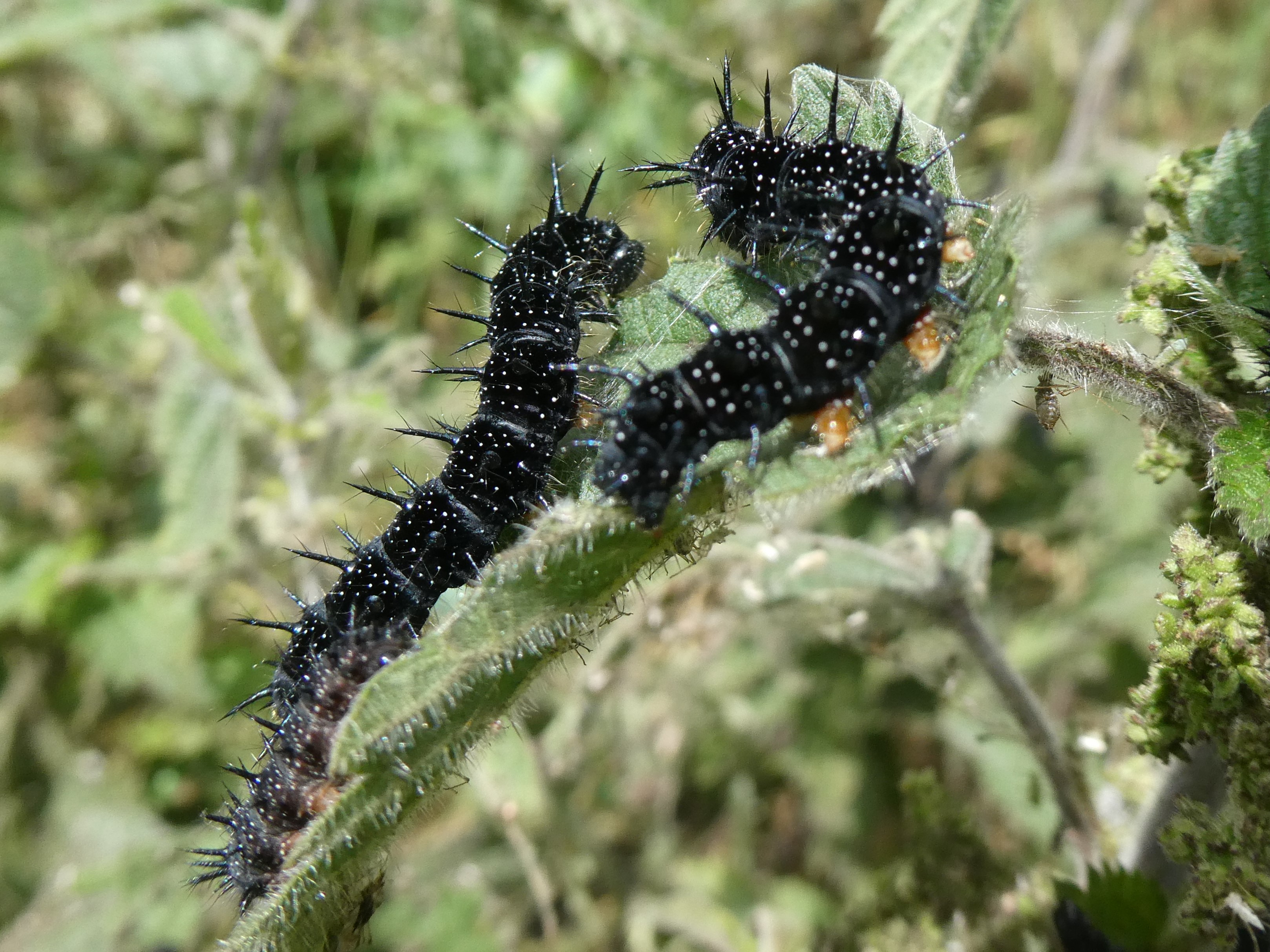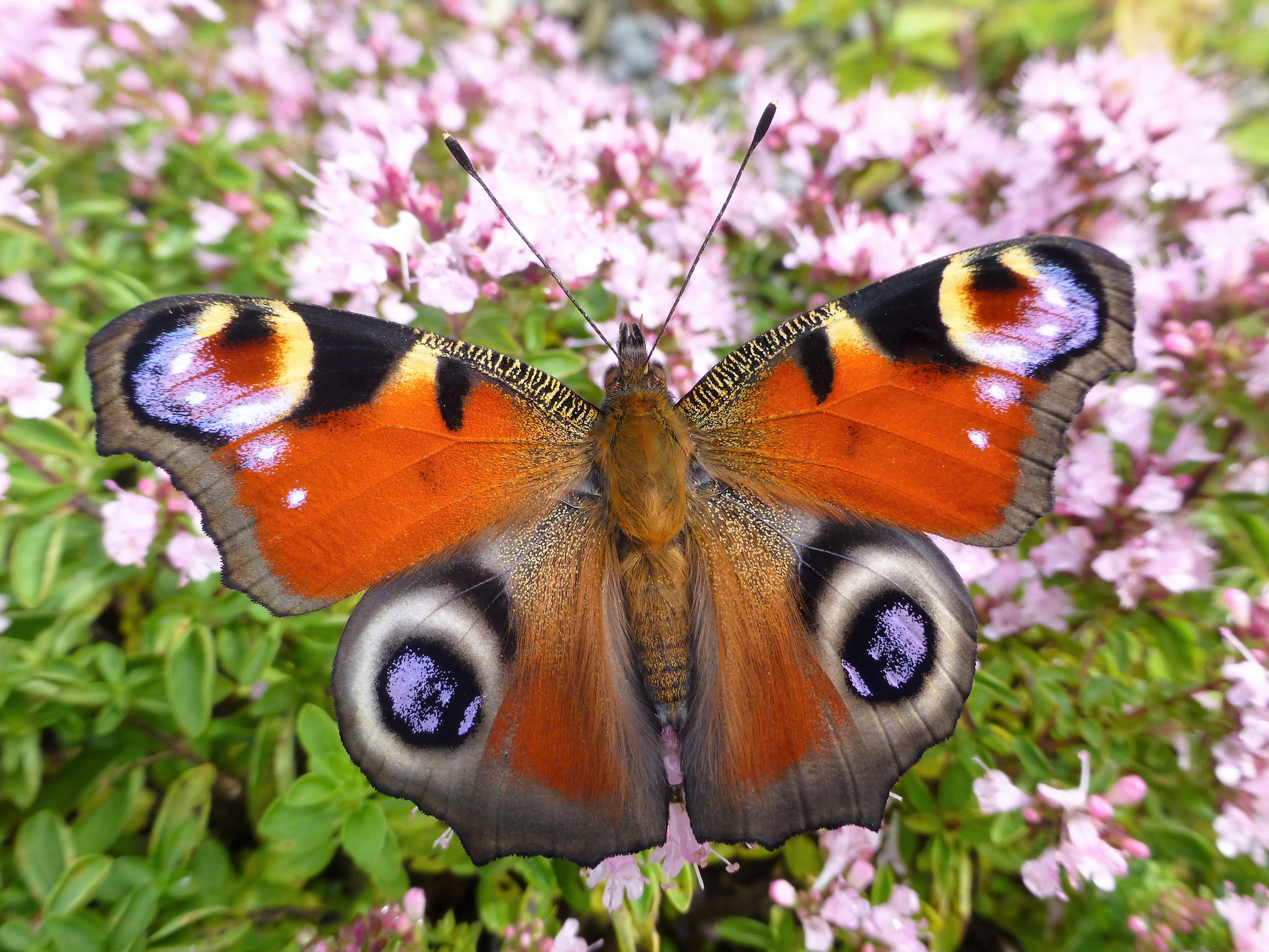Occasionally I idle away my time on the property websites, gazing dreamily at some of the elegant houses built in the 18th and 19th centuries, especially homes built in the Georgian style. There is something reassuring and lovely in the ordered, symmetrical arrangement of the front facades of Georgian buildings. Order and stability had great appeal to people living in times of great political upheaval of the French Revolution and the great technological, social and economic changes arising from the Agricultural and Industrial Revolutions.
Builders recognised this need to cater to their clients’ need for security. Many advertisements for homes promote the idea that their home is a haven from the perils and pressures of the tumultuous world outside. Houses built in historic styles are especially attractive; stone and brick finishes hark back to bygone times (despite the accommodation for most of the population in previous centuries bearing little resemblance to these homes). It worked and still works. The evidence is that we build what we want.
A related feature is the locality around our houses. In the inter-war period, four million houses were built in Britain, with the bulk being built in London and the south-east of England. The vast majority were built in the countryside. Brochures for these homes which were constructed in historic styles showed drawings of cows grazing in fields, leafy lanes or ducks swimming in ponds.
A guidebook published by the Metropolitan Railway extolled the virtues of country life; Chorleywood has “beautiful woods, a gloriously open common, and a salubrious atmosphere…” Another advertisement promoted health and financial benefits: “Perfect rural surroundings, lovely views, extraordinarily healthy. Properties on this estate cannot depreciate in value”. The gardens were attractive too; all houses had a small front garden and a much larger garden behind.
Not everyone welcomed the expansion of the city into the countryside. E.M. Forster wrote that in the suburbs “nothing had to be striven for, and success was indistinguishable from failure”. Ian Nairns stated that we were “wrecking the environment so that man can see everywhere the projection and image of his own humdrum suburban life – mild lusts, mild fears, mild everything”. However, some saw the move to the suburbs in a more positive light – the Agricultural and Industrial Revolutions drove people into towns and now people were returning to their rural roots.
Another model that was tried was the “town country”. Applying attractive historic architecture, homes were built along a spider’s web of streets radiating from a central square. All the necessary facilities, including factories, were built along with the houses to create an instant, self-contained community.
The brainchild of Ebenezer Howard, Letchworth Garden City in Hertfordshire was his response to the pollution of London and the departure of farmworkers from the countryside. His larger vision was of cities like Letchworth connected to each other by canals, rail and road with the protected countryside in between. Welwyn Garden City followed from 1920. Again, greenery was incorporated into the settlement with generous gardens and green spaces to promote health and happiness. A happy workforce, Howard and others including Thomas Bata believed, would be an efficient workforce.
There appears little doubt that we are profoundly influenced by our physical surroundings. Why, for example, do people love birds, butterflies and flowers so deeply? There is an argument for extending this thinking by making the case that people in close contact with nature are happier, healthier and more motivated. Offering close contact with nature has become an explicit selling point for some housing developers.
A current brochure for one residential development built by Cairns in Maynooth, County Kildare states, ” we believe design can transform the way we live and create a real sense of belonging, one that extends beyond four walls. We go to great lengths to make spaces where communities can flourish; from the green areas and parks to cycle-paths, sports facilities and playgrounds. For us, it’s all about creating great places where people will love to live.”
Close contact with nature is strongly emphasised: ” We have selected a broad palette of planting to ensure points of interest during every season and for biodiversity benefit. Over 600 metres of native hedgerow and over 300 trees will be planted before the first house is complete.”
Supporting visuals include photos of a Blue Tit, Honey Bee and wildflowers, followed by the biodiversity clincher: “We promote a holistic approach to landscaping and preservation in all our developments. Biodiverse planting, insect hotels, native trees and ground cover create the perfect environment for indigenous Irish birds and fauna.”
In the development, signage is used to identify various native tree and shrub species, leaving one with a positive outlook. More people are conscious of the need to promote biodiversity in their immediate environment, a mindset that is very encouraging.
Yet we are often highly selective. Poppies, Cornflowers and Ox-eye Daisies are great, Stinging Nettles, Garlic Mustard and tall wild grasses are ugly.
There is rarely a more discouraging sight than a gloved, masked gardener spraying ‘weeds’ along roadsides, path edges, garden walls, hedgerow edges. This is dreadfully destructive behaviour, lethal to bees, hoverflies, moths, butterflies and so much else. I wonder if there is some disjunct thinking here; after all, who would tear wings off a butterfly? One gardener told me she loves seeing the butterflies that visit her garden but that she hates the caterpillars.
A commitment to biodiversity means conservation of all native biodiversity. In our gardens, where we are in control, we must make room for all the native plants that occur naturally in our local environment if we are to look after nature and ourselves. In essence, planting for nature means growing native plants. If your mainstay plants are native, you will encourage far more biodiversity than you would by using cultivated varieties and non-indigenous species.
No native nettles, no Peacock butterfly.
No native Garlic Mustard, no Orange-tip butterfly.
No caterpillars, no butterflies.



Photographs © J.Harding

